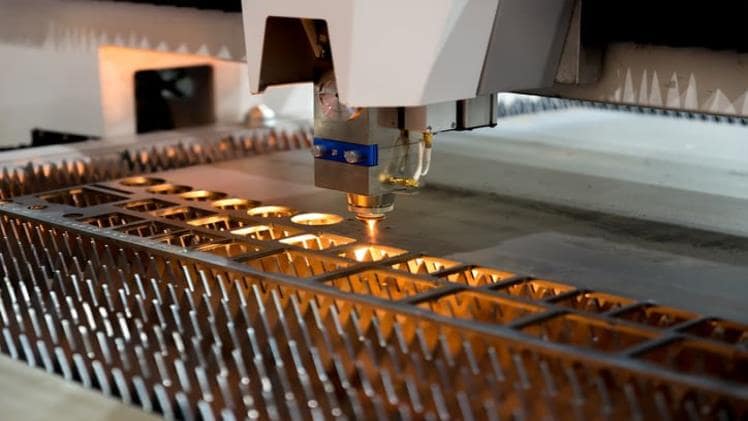Sheet-metal laser cutters offer a number of advantages over other types of sheet metal cutting equipment. These include their safety, speed, and flexibility. In addition, they can switch from cutting straight lines to curved shapes very quickly. This makes them indispensable tools for designers and machinists who create complex parts.
High flexibility
The high flexibility of a Sheet metal laser cutter is achieved by the use of modular system technology. These systems combine welding and laser cutting with additional manufacturing technologies. They are designed for multi-nest processing and sectional processing of large components. These systems can be used as stand-alone units or combined with other machines to meet the most complex needs of customers.
These machines are extremely flexible and offer excellent precision. They eliminate the disadvantages of conventional sheet metal processing methods and have a high level of automation. They are low cost and easy to use. They are also environmentally friendly and have a long life. These machines are currently mainly used for processing plate over two millimeters thick.
Fast cutting speed
One of the biggest benefits of using a sheet metal laser cutter is its speed. You can cut patterns within minutes instead of hours. And you can cut various thicknesses of metal sheets, including plate steel, stainless steel, and aluminum. Laser cutters also guarantee cut-tolerances of.0008 of an inch or less, and this helps save time.
High-powered lasers can reach cutting speeds of up to 100 m/min. A 4-kW laser can cut a thick metal sheet in less than a minute. But the speed decreases as the thickness of the metal increases. This is because the laser beam has to dwell longer on the metal, which increases its energy absorption and causes it to vaporize.
Short product cycle
A metal sheet laser cutter is a popular type of machine for a variety of applications, including home appliances, elevators, and other sheet metal products. Its speed and efficiency make it an ideal choice for many industries. It can cut various shapes and sizes of plates without the need for secondary processing, stamping, or changing molds. Moreover, its quick production cycle makes it suitable for mass production.
The use of a protective film on sheet metal can affect the production process. Choosing a film with the appropriate adhesive properties is essential. Also, the operator should ensure that the protective film does not bubble during the cutting process. Otherwise, it could cause significant damage to the head or lens.
High production efficiency
High production efficiency is a major factor when choosing a Sheet metal laser cutter. This is because it can save time and money by cutting parts faster. However, it must be noted that low cutting efficiency may result in poor quality. To improve cutting efficiency, the cutting path should be optimized and the contour of the micro-connection used.
Sheet-metal laser cutters can be configured to cut varying sheet metal thickness and width. The fiber lasers are also more efficient than diode-based resonators, and they also have a longer lifespan than diode-based models. In addition, they require less maintenance, which lowers their cost.
Conclusion
CO2 lasers are popular for cutting metal and marking steel. They can be extremely efficient and can cut a wide variety of materials at high speeds. However, they are less powerful than fiber lasers and cannot cut sheet metal with the same precision and quality. Another option is a crystal laser, which is more expensive but is also capable of cutting ceramics.
Laser-cut metal has many advantages, including accuracy, tight tolerances, and speed. While it costs more than other methods, this cutting technology is the best choice for projects requiring precise tolerances and clean cuts.

